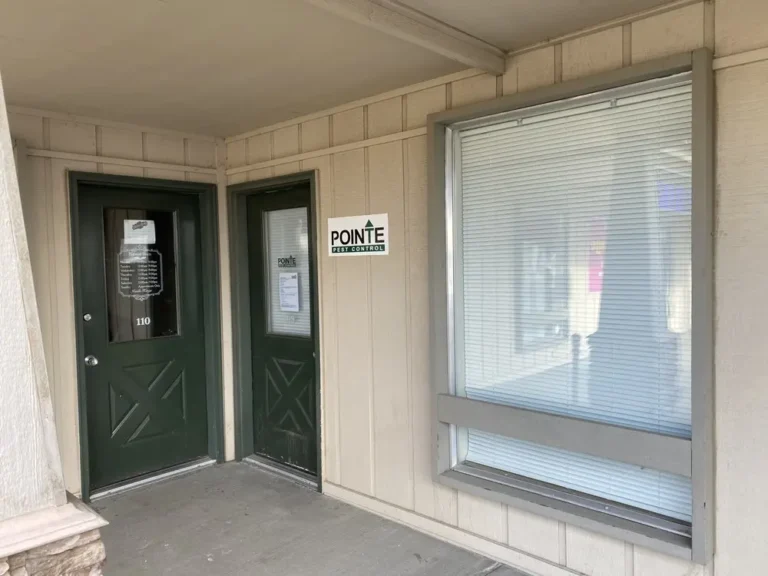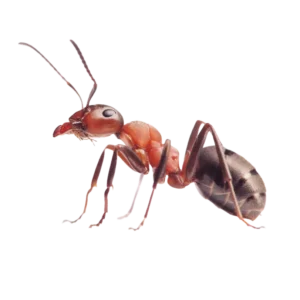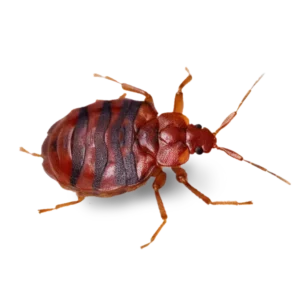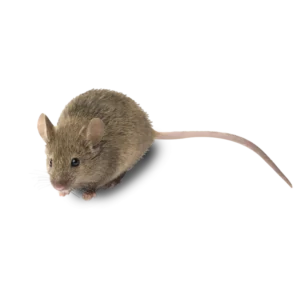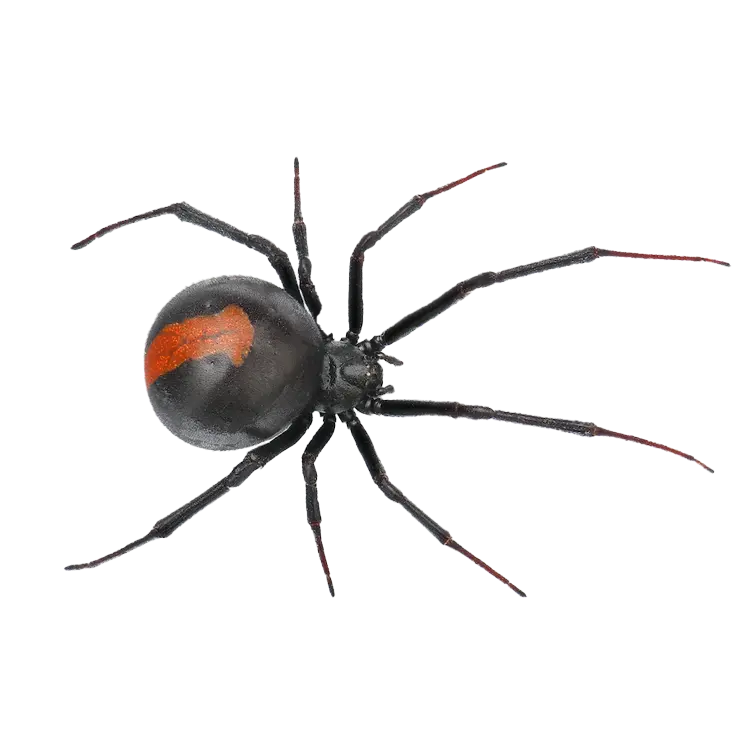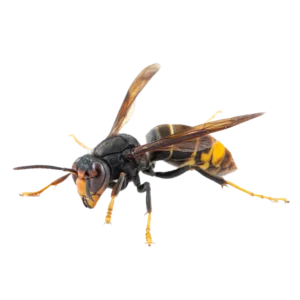Kennewick Termite Control
Termites are actually quite interesting. They live in a very controlled society of discrete castes each of which has its own function within a termite colony. The warrior termites protect the colony from threats, the reproductive termites are responsible for making new colonies, and workers spend 24 hours a day, seven days a week doing their work. Unfortunately, their work is composed largely of chewing up your home and costing you thousands of dollars of damage. Then, of course, comes the queen. She can live over 30 years which is longer than any other known insect.
As interesting as they are, they are also quite destructive, costing homeowners millions of dollars annually to repair the damage they cause. If you’re not interested in being a part of that statistic, the Kennewick termite control specialists at Pointe Pest Control can offer you a number of options for safeguarding your most important asset.
Understanding Termite Control
In our area of the world, the majority of termite species that attack homes are subterranean termites. That means that the termites that attack your home are more likely to come from below than from outside. For that reason, pest control experts look first at your home’s foundation rather than your walls. By the time the termites have gotten into your walls, they have already done a considerable amount of damage.
Subterranean termites come from the soil beneath your home and then work their way through tiny cracks in your foundation. Much depends on the quality of your foundation. For instance, slab foundations tend to be the weakest and the most prone to accruing cracks. Concrete foundations that are reinforced with rebar are less prone to cracking, but over a long enough period of time, small cracks will form and these become inlets for termites.
The worst part is that most homeowners won’t recognize the problem until it’s too late. Termites attack from areas of your home that you don’t typically pay attention to, but further, they attack wood support beams from the inside out, meaning you won’t necessarily see them.
Your best bet to protect your home is to conduct routine inspections to ensure that you don’t have a termite problem.
Managing Termite Infestations
Most homeowners figure they can handle the issue by purchasing termite baits from hardware stores. They quickly realize that this isn’t the case. While the over-the-counter baits and poisons will reduce the termite population, the entire colony must be eradicated or it will repopulate itself. In other words, you’ll need to employ the baits and poisons on a constant basis simply to reduce the colony’s numbers.
When Pointe Pest Control encounters an infestation, we ensure that the entire colony is destroyed. The termite colony will not be able to repopulate its numbers and you won’t have to worry about the amount of damage they are doing to your home. Ultimately, it costs more to use over-the-counter insecticide since the termites are continuing to do major damage to your home.
How to Identify Termites
Termites share much of their DNA with ants, which is why they are sometimes difficult to tell apart. Their most notable feature is their coloring. They tend to be lighter than black ants but darker than white ants. Additionally, their bodies are translucent as opposed to solid.
If you remember back to your high school science class, insects are composed of three segments: The head, thorax, and abdomen. In ants, these three segments are clearly defined and easy to separate. In termites, it will appear that there are only two segments, even though there are three.
You may also notice tiny discarded wings on your property where there is a lot of termite activity. This is a bad sign. This means that the colony chewing up your home is settling in to stay. The reproductive termites lose their wings after they settle into a new colony.
If you notice small piles of what appears to be salt, then you can also identify a termite problem. Termite poop can look like a pile of salt.
If you’re not sure if you have a termite problem, simply kill one and bring it to Pointe Pest Control. We’ll be able to identify it for you.

